Blog
Non-Surgical Lumbar Spine Disc Herniation Relief with SoftWave Therapy in Maui with Dr 808
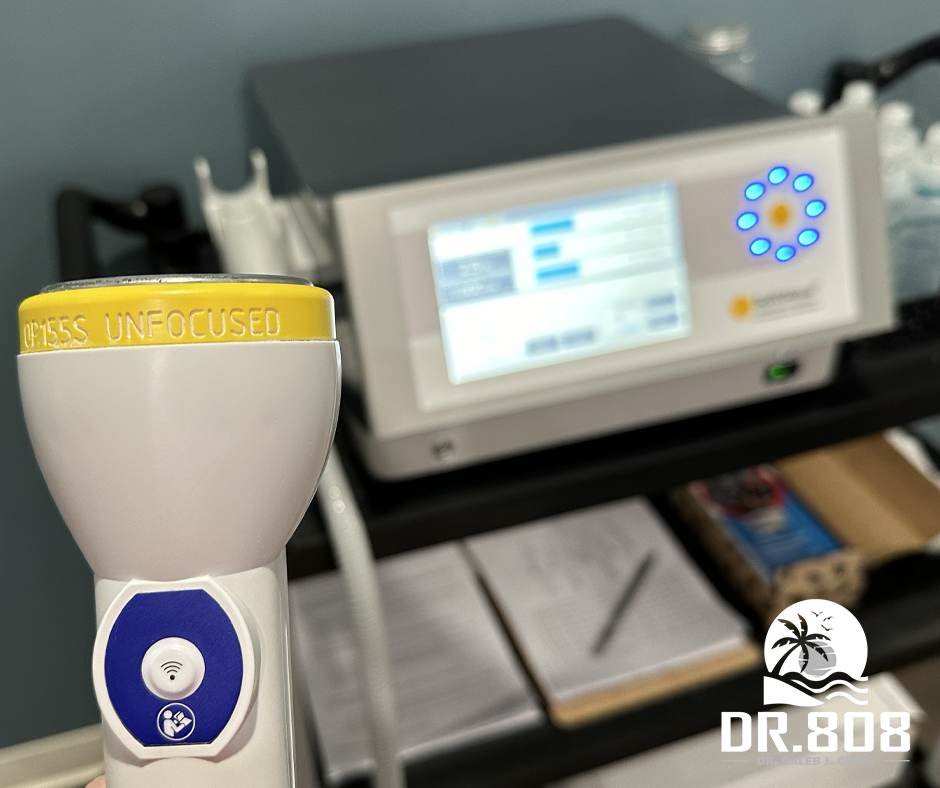
Dealing with a lumbar spine disc herniation can be debilitating, affecting your ability to move, work, and enjoy life. These injuries, which occur when the cushioning discs between your vertebrae become damaged, can cause significant pain and mobility issues. Fortunately, SoftWave Tissue Regeneration Technology offers a cutting-edge, non-invasive solution to help you find relief and promote healing.
At Dr. Caleb J. Craig’s clinic in Kihei, Maui, patients with lumbar disc herniations are experiencing the benefits of this revolutionary therapy, which promotes natural tissue repair, reduces inflammation, and restores function.
What Are Lumbar Disc Herniations?
A disc herniation occurs when the gel-like nucleus of an intervertebral disc pushes through a weakened or torn portion of the disc’s outer layer. This can put pressure on nearby nerves, leading to pain, numbness, and other symptoms.
Types of Lumbar Disc Herniations:
- Contained Disc Herniation: The disc’s outer layer (annulus fibrosus) is still intact, but the nucleus is bulging outward, creating pressure on the spinal cord or nerve roots.
- Non-Contained Disc Herniation: The nucleus has broken through the annulus, spilling into the spinal canal and directly irritating nerves.
- Sequestered Disc Herniation: A fragment of the nucleus breaks off and moves into the spinal canal, often causing severe pain and nerve compression.
Causes of Lumbar Disc Herniations
Disc herniations can result from a variety of factors, including:
- Degeneration: Age-related wear and tear weakens the disc over time.
- Injury: Trauma, such as a fall or car accident, can cause the disc to rupture.
- Repetitive Stress: Activities involving repetitive bending, lifting, or twisting can strain the lumbar spine.
- Poor Posture: Long periods of sitting or improper body mechanics can increase spinal pressure.
- Genetics: A family history of disc problems can increase your risk.
Symptoms of Lumbar Disc Herniations
The symptoms of a lumbar disc herniation vary depending on the location and severity of the injury. Common symptoms include:
- Lower Back Pain: Persistent or sharp pain in the lower back.
- Radiating Pain: Pain that travels down the buttocks, legs, and feet (sciatica).
- Numbness or Tingling: A “pins and needles” sensation in the legs or feet.
- Muscle Weakness: Weakness in the legs or difficulty lifting or moving objects.
- Loss of Mobility: Stiffness or limited range of motion in the lower back.
How SoftWave Tissue Regeneration Therapy Helps
SoftWave Therapy is an advanced, non-invasive shockwave technology that uses electrohydraulic supersonic acoustic waves to stimulate healing, reduce inflammation, and promote regeneration of damaged tissues. For lumbar disc herniations, SoftWave offers a powerful alternative to surgery, injections, and long-term medication use.
Key Benefits of SoftWave Therapy:
- Reduces Inflammation: Calms irritated nerve roots and spinal tissues.
- Activates Stem Cells: Stimulates the body’s natural repair mechanisms to regenerate damaged discs and surrounding tissues.
- Improves Circulation: Enhances blood flow through angiogenesis, delivering oxygen and nutrients to aid in healing.
- Non-Invasive Relief: Provides a safe, drug-free option with no downtime or side effects.
The Science Behind SoftWave Therapy
SoftWave Therapy works by delivering electrohydraulic supersonic acoustic waves deep into the affected tissues. These waves trigger biological responses that promote healing and regeneration, including:
- Stem Cell Activation: SoftWave activates resident stem cells to repair and rebuild damaged tissues.
- Modulation of Inflammation: Reduces excessive inflammation to relieve pain and improve function.
- Angiogenesis: Creates new blood vessels to increase circulation and support tissue recovery.
- VEGF (Vascular Endothelial Growth Factor): Enhances the delivery of nutrients and oxygen to the injured area.
- eNOS (Endothelial Nitric Oxide Synthase): Improves tissue oxygenation and overall cellular health.
Why Choose SoftWave Therapy for Lumbar Disc Herniations?
Many patients with lumbar disc herniations turn to SoftWave Therapy for its non-invasive, drug-free approach. Unlike surgery or steroid injections, SoftWave not only provides pain relief but also addresses the root cause of the condition by promoting tissue healing and regeneration.
Advantages Over Traditional Treatments:
- No Downtime: Resume your daily activities immediately after treatment.
- No Surgery or Injections: Avoid the risks and recovery time associated with invasive procedures.
- Long-Term Results: SoftWave Therapy stimulates natural healing processes, leading to sustained improvements.
Your Path to Recovery with Dr. Caleb J. Craig
At his clinic in Kihei, Maui, Dr. Caleb J. Craig, Dr. 808, has helped countless patients with lumbar disc herniations find relief and return to their daily lives. Using SoftWave Tissue Regeneration Therapy, he creates customized care plans designed to target your specific needs, promote healing, and improve your quality of life.
Ready to Find Relief from Lumbar Disc Herniations?
Office Address:
2395 S Kihei Rd #202, Kihei, HI 96753
Phone:
(808) 875-4357
Request an Appointment online here:
www.shockwavemaui.com/contact
Let Dr. 808 and his team help you heal naturally and effectively with SoftWave Therapy. Take the first step toward pain-free living today!
‹ Back
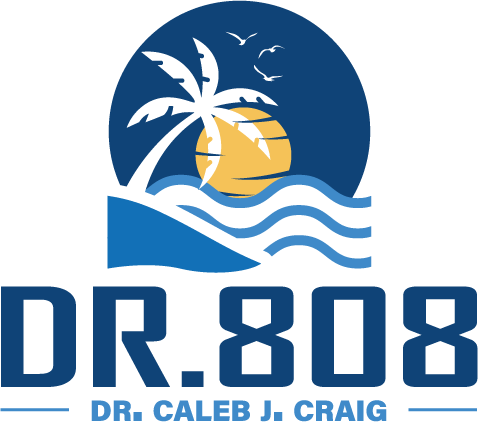

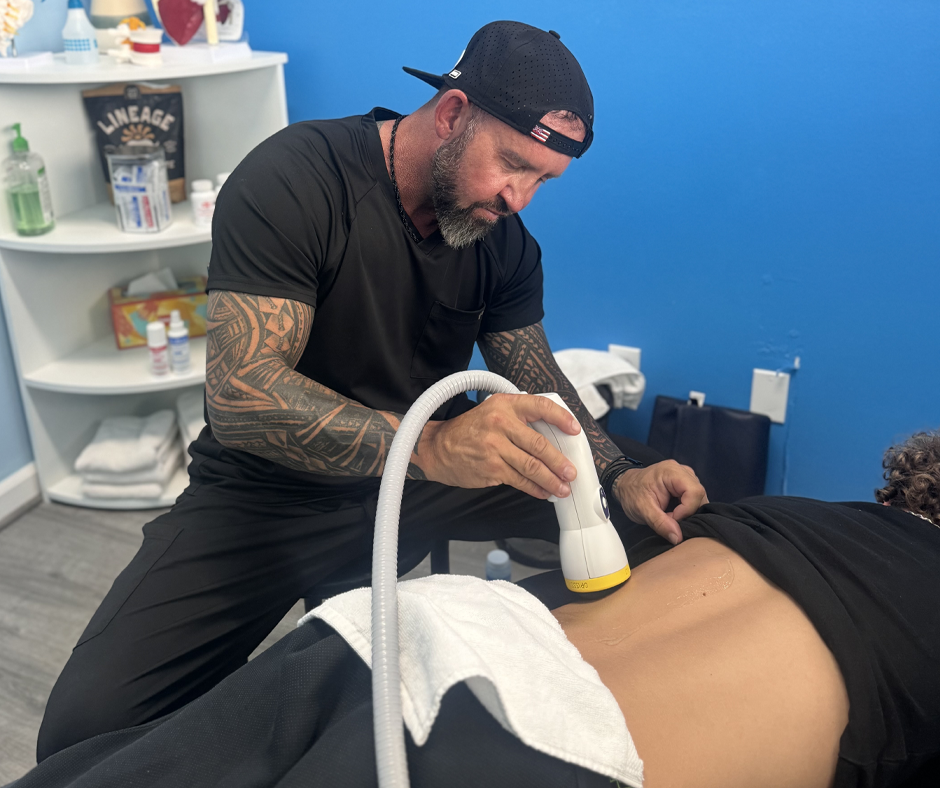
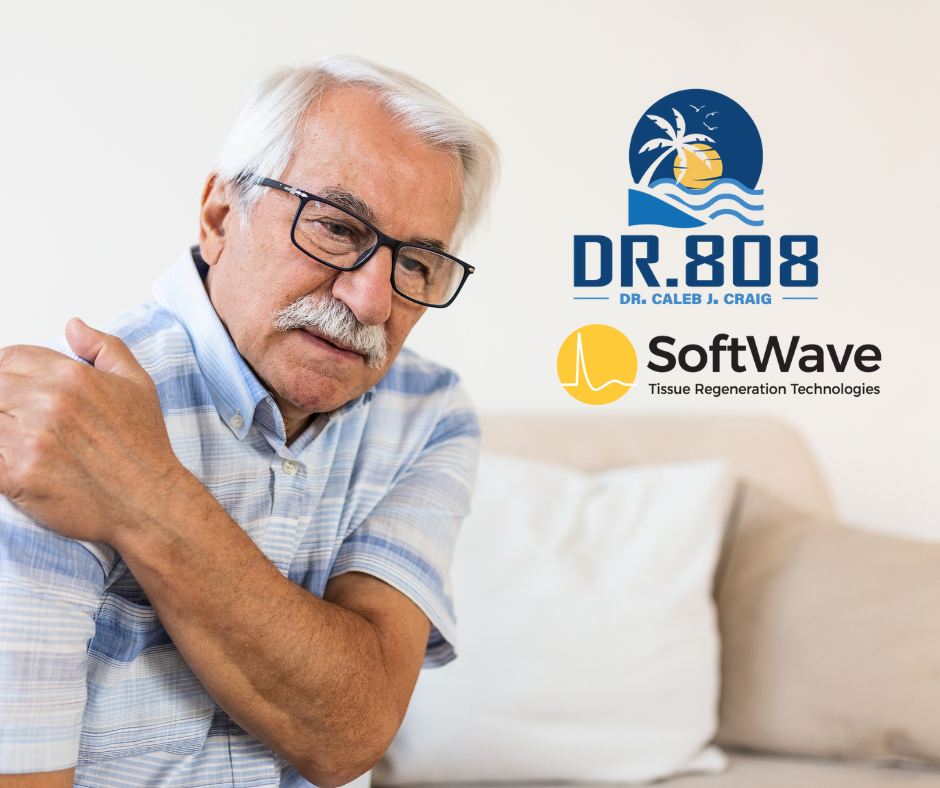
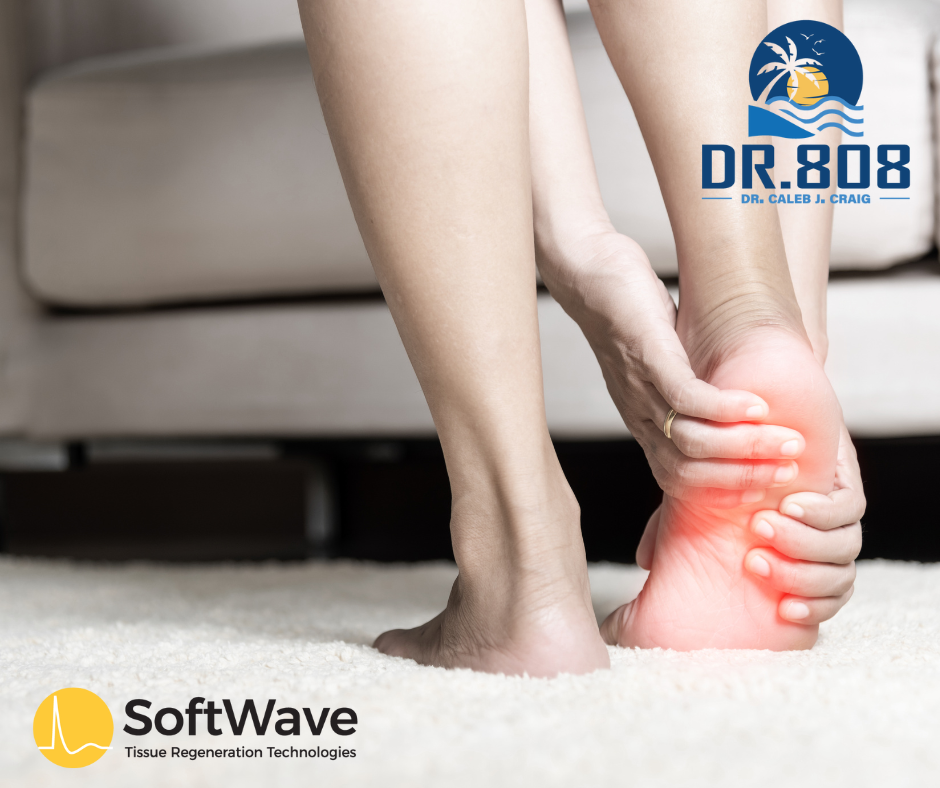
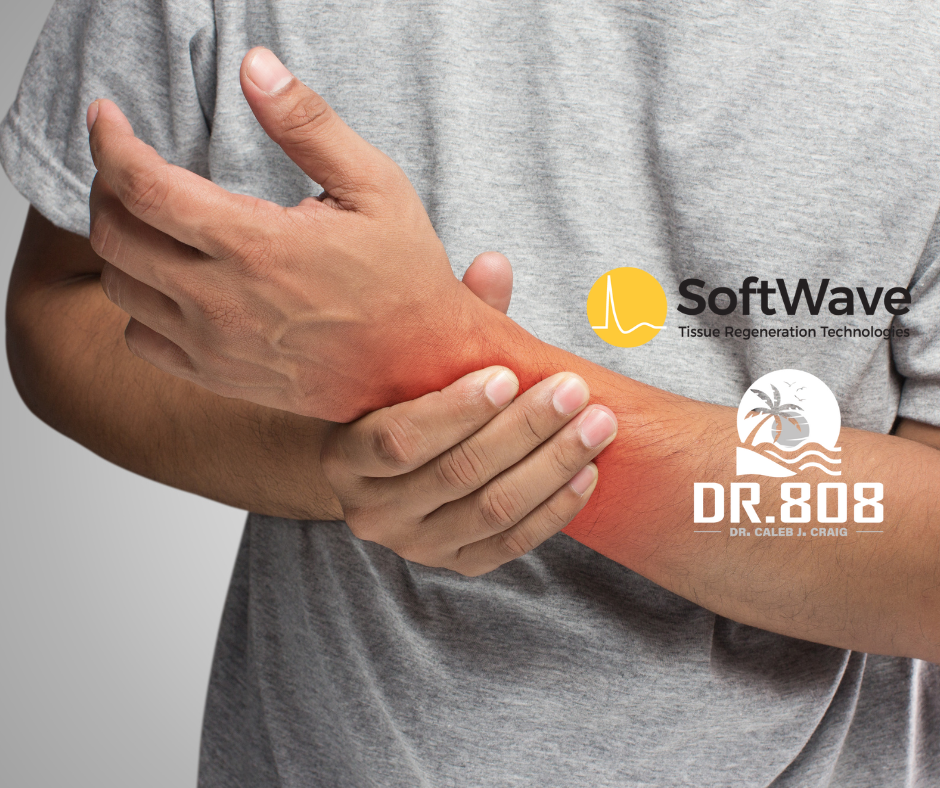
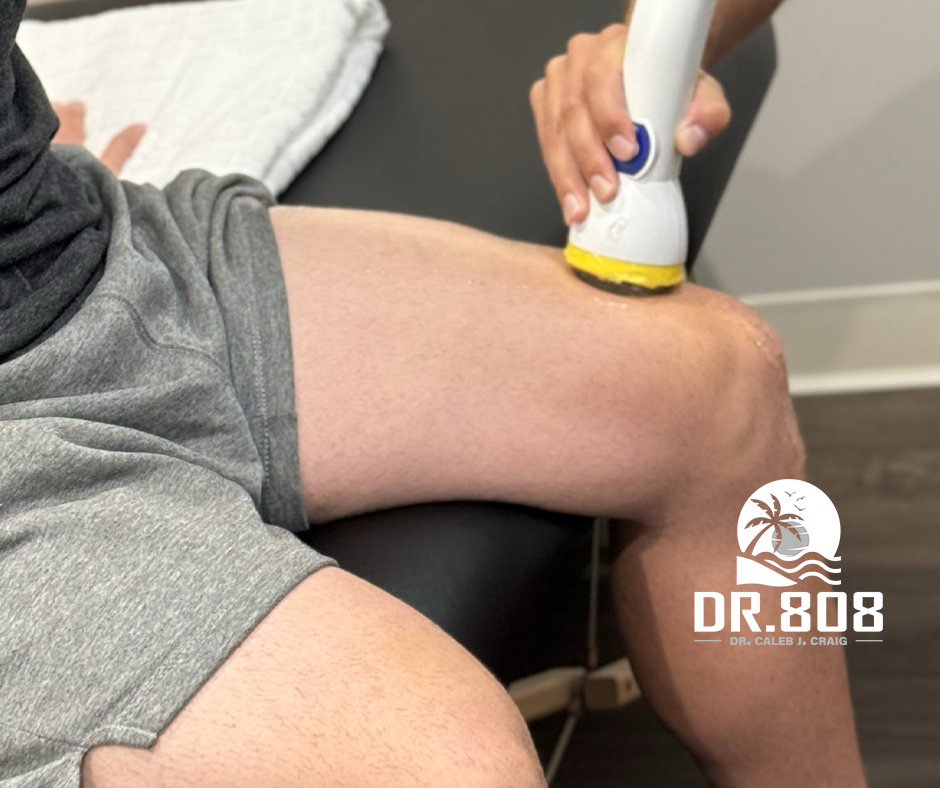
 2395 S Kihei Rd #202, Kihei
2395 S Kihei Rd #202, Kihei